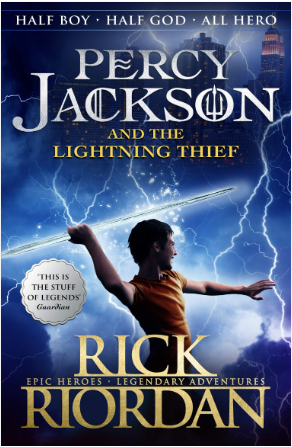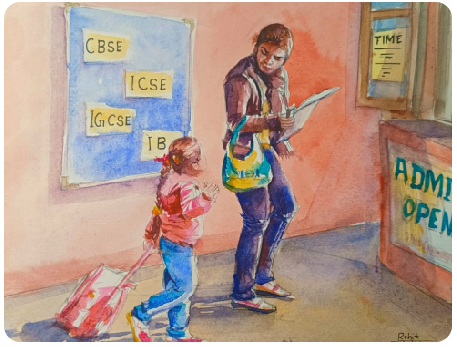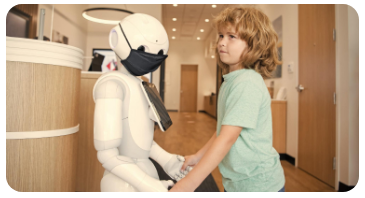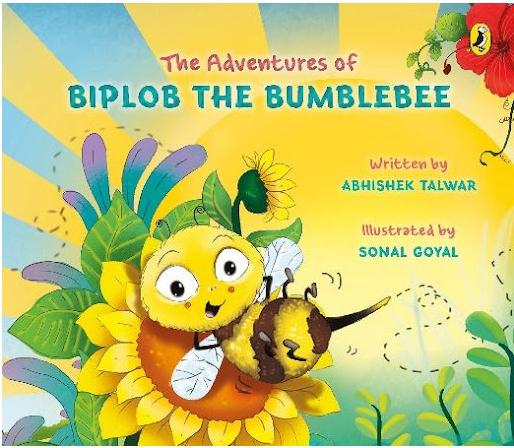- “I opened a book and in I strode.
- Now nobody can find me.
- I’ve left my chair, my house, my road,
- My town and my world behind me.
- I’m wearing the cloak, I’ve slipped on the ring,
- I’ve swallowed the magic potion.
- I’ve fought with a dragon, dined with a king
- And dived in a bottomless ocean.
- I opened a book and made some friends.
- I shared their tears and laughter
- And followed their road with its bumps and bends
- To the happily ever after.
- I finished my book and out I came.
- The cloak can no longer hide me.
- My chair and my house are just the same,
- But I have a book inside me.”
One of the most prolific children’s authors of this era, Julia Donaldson’s words weave magic in every possible form. The above-mentioned piece is a testament for the same.
Spanning across prose and poetry, UK born Donaldson has penned hundreds of books till date, a major chunk of which is a part of academic curriculum and children’s studies in general. Her picture books have gone on to become synonymous with her style of storytelling. Countless number of children keep a Donaldson book by their bedside and skim through her beautiful affirming world just before falling asleep every night.
Born on September 16, 1948 in London, England; Donaldson got acquainted with poetry and drama quite early on in her life. Later on, she began writing songs for children, one of which turned into her very first book named ‘A squash and a squeeze’.
Kindness and other such values find a place in her literary scheme of things. Her love for writing and literature in general translates into her work and finds a recurring mention in the form of books and libraries. “The nicest thing is that I hope that I’m part of a chain, and that some of those children will write”, Donaldson once said in an interview.
Her rich body of work includes the likes of ‘Monkey Puzzle’, ‘Room on the broom’, ‘The snail and the whale’, ‘Stick man’, ‘What the ladybird heard?’, ‘The Troll’, ‘Zog’, so on and so forth.
One of her famous books and a huge bestseller ‘The Gruffalo’ was published in 1999. The premise revolved around a mouse who roams around in a forest tackling potential predators. It also has a sequel named ‘The Gruffalo’s child’, again a bestseller.
Donaldson popularized the picture books category. Poetic and heartwarming, her writing is known for its imaginative creativity. She borrows a lot from her nostalgic childhood memories. Especially her observations with respect to the children’s psyche and how it differs to that of the adults. A firm believer of rewriting, Donaldson writes relentlessly. Rhythm plays an integral role in her poetic pieces.
For her significant contribution to children’s literature, she has been bestowed upon a number of honorary doctorates and laurels across her entire career. Despite these sky-high achievements, the lady stays grounded and eager to explore more.
“When I’m not writing I am often performing, at book festivals and in theatres. I really enjoy getting the children in the audience to help me act out the stories and sing the songs”, beloved Julia Donaldson’s love for stories, children and the art of writing knows no bounds.
At the end of the day, just like Donaldson’s poetry, we all have a book inside us. Let’s read it. Let’s celebrate it.










